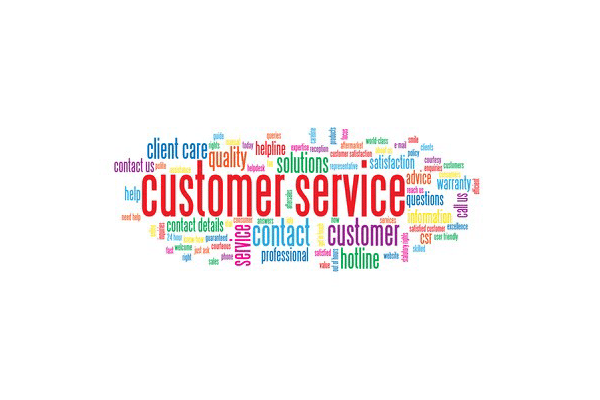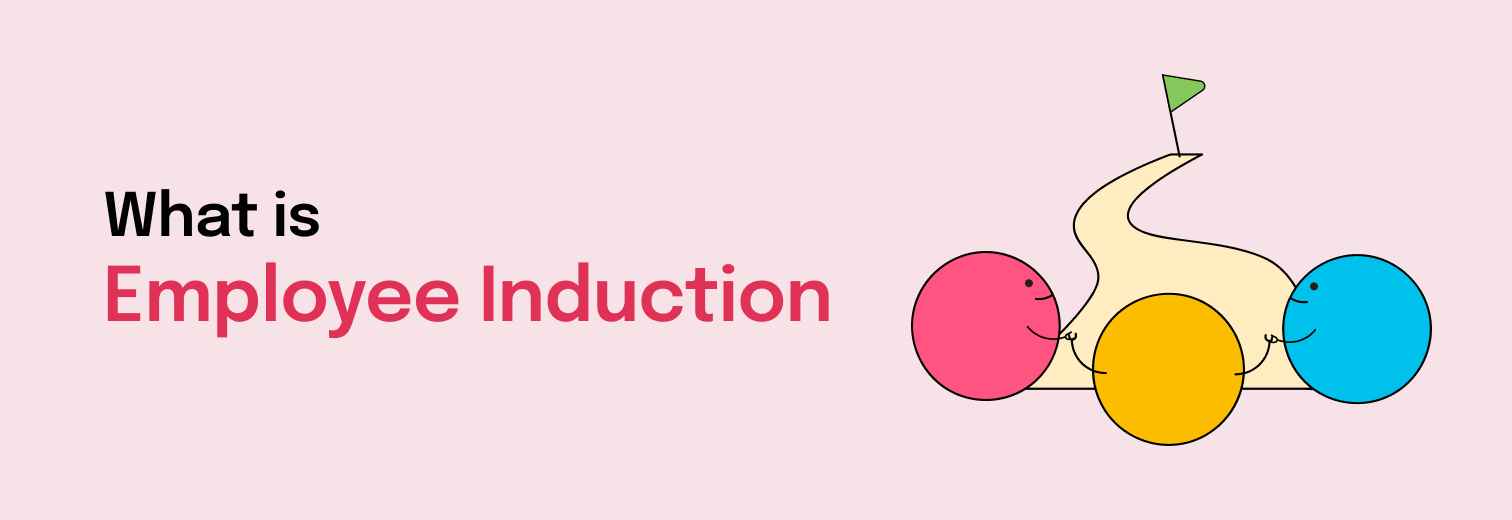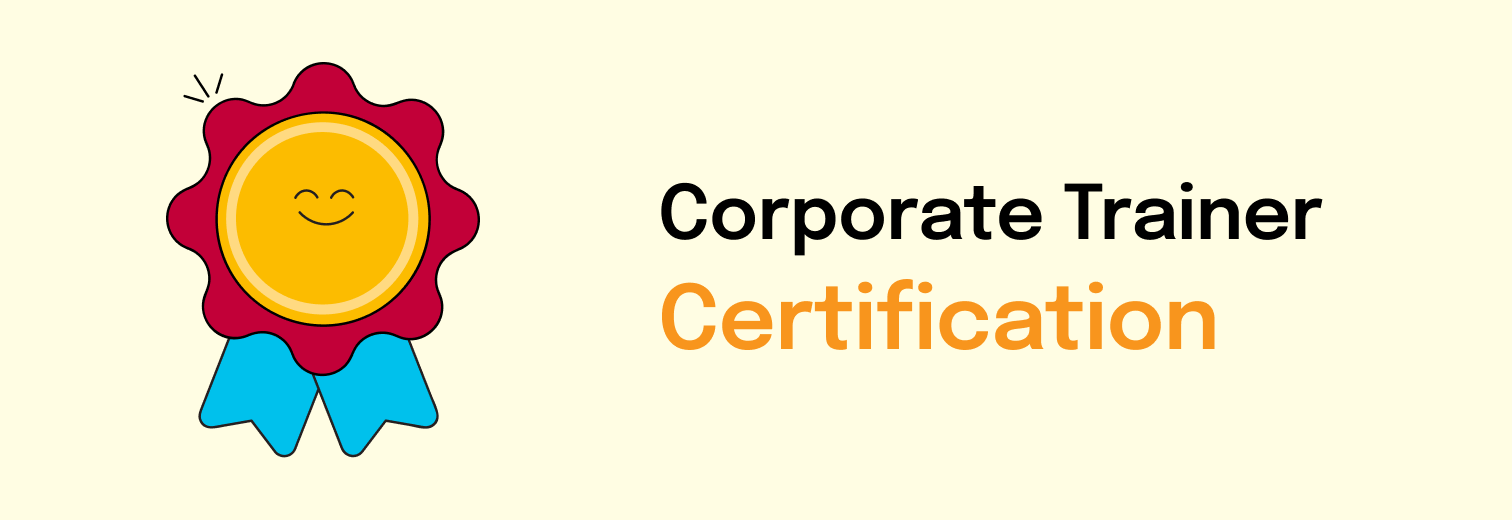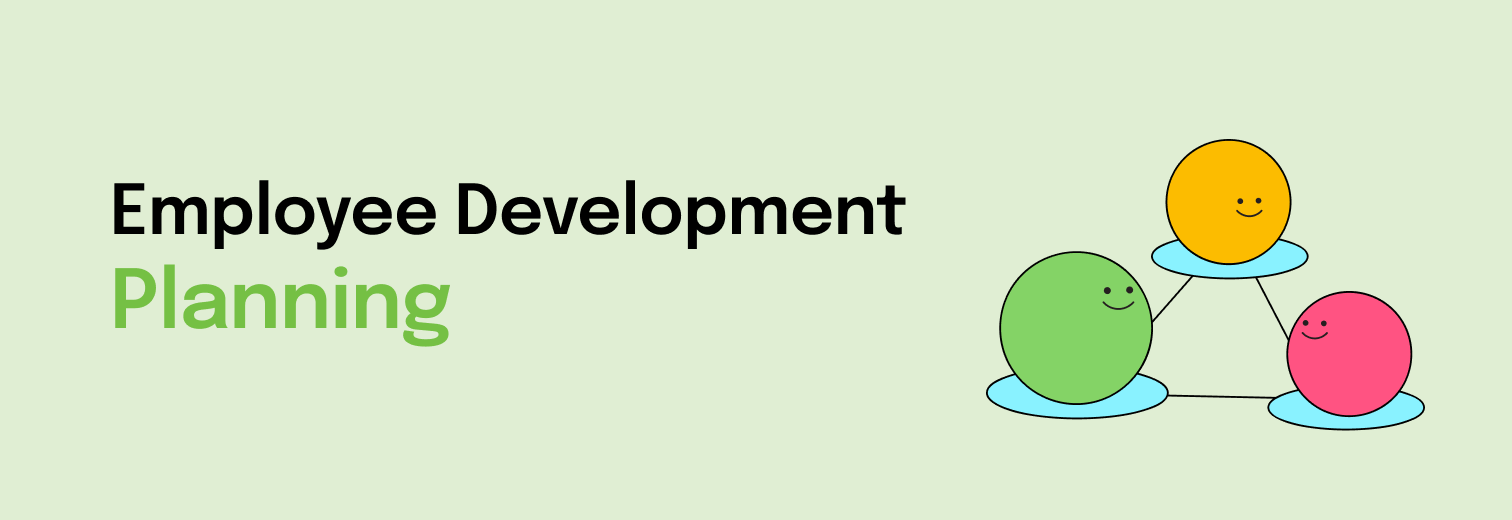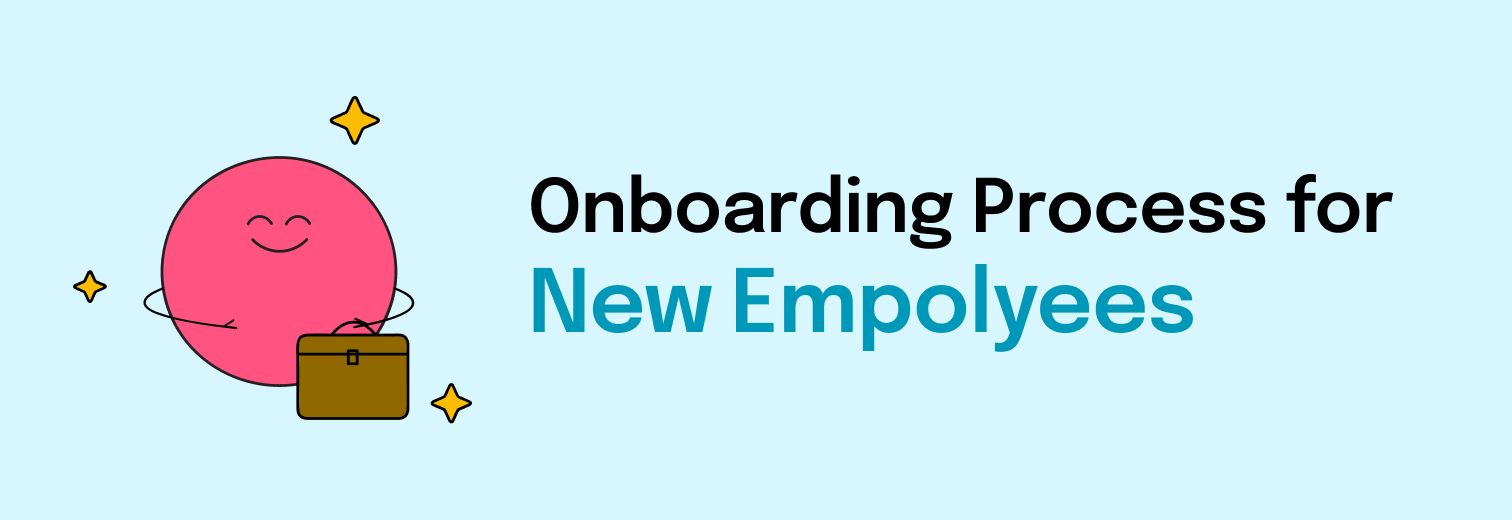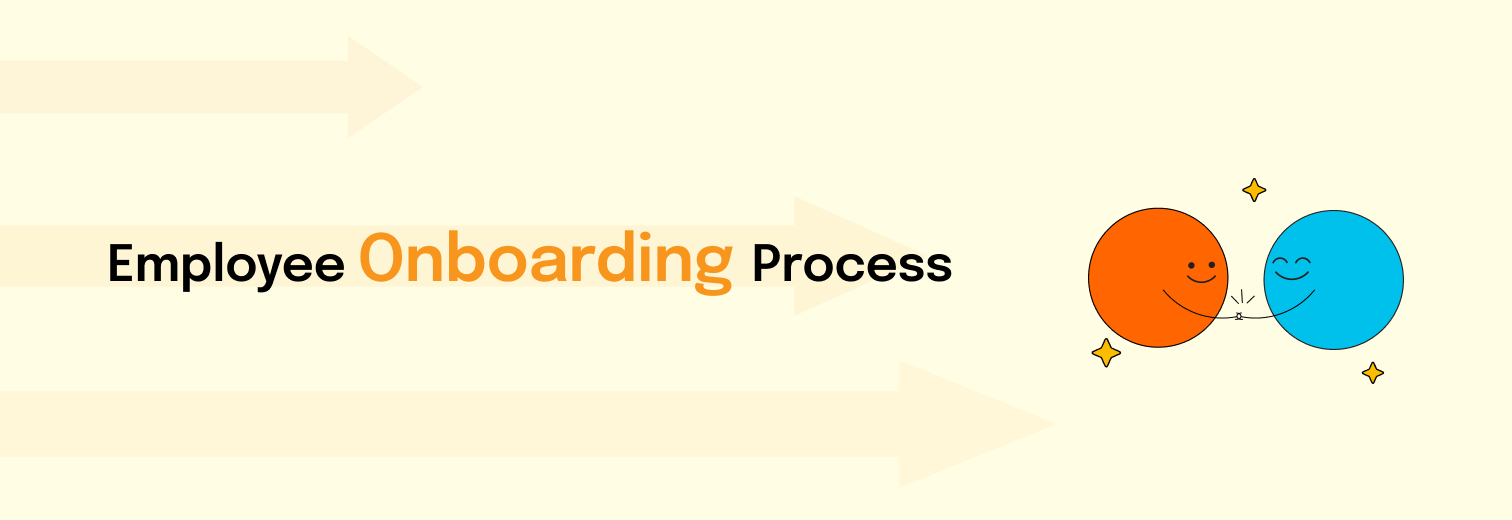One of the perks of our job is that we are privy to the inner workings of many a successful organization – ranging from the established market leaders to the upcoming startups. In conversations with leaders across organizations, a common theme we hear about is the need for their teams to be more customer centric. Here are 4 tips for leaders to drive home this message strongly across your organization, which we have picked up from our numerous interactions with leaders who make customer centricity a key pillar of their team strategy. We have put them together as an easy to remember acronym, G.E.A.R.
- Goals –
It is ironic that many organizations that harp on customer centricity being a value for them do not include it in the performance evaluation criteria of their teams. We see the following scenario play out at many annual meets, where a well-meaning leader would speak passionately about the need for customer centricity and later on, the other functional leaders would share their goals and action plans for the coming year (most of which have nothing to do with customer centricity!). A good starting point for leaders would be to include customer centric metrics in team performance.
Source: Flickr
- Empower –
Source: douglipp.com
- Action Orientation –
Source: Flickr
- Recognition –
If you are a leader trying to drive customer centricity in your team, always be on the lookout for opportunities to reward team members who have done something extraordinary to deliver a Wow! experience for a customer.
Source: zapposinsights
How has your leadership journey been on the road of customer centricity? We hope the G.E.A.R. model helps you in the road ahead. Do join in the conversation!
